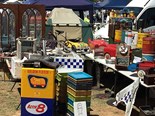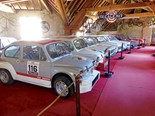Making Money From Die-Cast Car Models
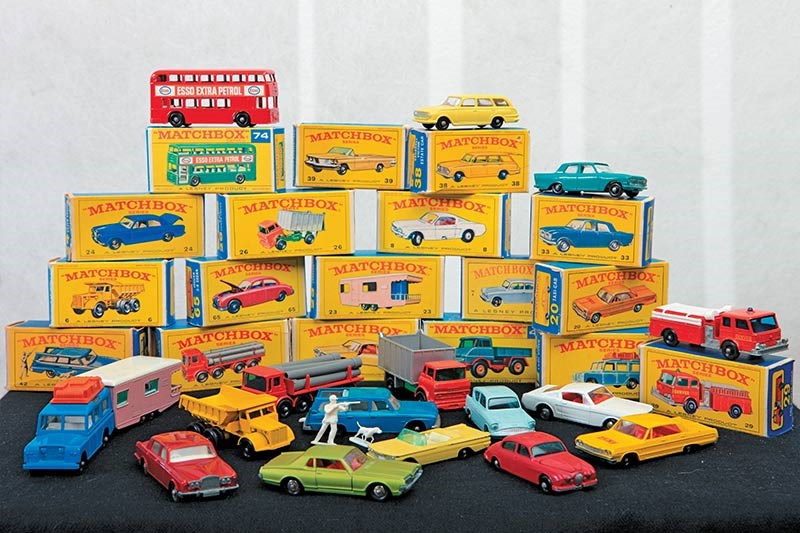


|
You start with one and end up with, well, thousands...Welcome to the addictive, and potentially lucrative, hobby of toy model collecting
From Unique Cars issue #302
Die-cast Diamonds
If your brain is right now fizzing with memories from decades gone, don't worry; it happens to almost everyone.
Toys, like music and smells, have the ability to spark decades-old recollections. And many of these colourful shapes will be very memorable to those born in the 1970s or before.
The range of die-cast toys available to today's kiddies and collectors is immense and very sophisticated. From the 1950s-'70s, Aussie kids were restricted pretty much to British-made models and principally the 'Holy Trinity' of 20th Century die-cast manufacturing: Matchbox, Dinky and Corgi.
In the US, you could add the Mattel-made Hot Wheels but in terms of volume and value growth there's nothing in today's booming collector market to match the appeal of the British trio.
They were bought from corner stores, newsagencies and occasionally dedicated toy stores like Sydney's iconic Hobbyco. Matchbox toys were by far the most prolific; at two and sixpenny their pricing was within reach of early-'60s youngsters prepared to trade a few hours car washing and leaf raking for the latest products off Lesney's production lines.

Corgi and Dinky models were bigger (1/43 scale or larger against the typically 1/64 scale Matchbox) with 'special features' like plastic windows and Corgi's groundbreaking Glida-Matic suspension. These were several times the Matchbox price and generally came as gifts or rewards for a particularly impressive school or sporting achievement.
SHOW 'N' TELL
Matchbox emerged via the partnership of two unrelated Smiths (Les and Rodney) who established a small die-casting business in 1947 and were soon joined by mechanical engineer Jack Odell.
The idea of producing low-cost, die-cast toys came from Odell, whose daughter asked for a toy small enough to fit inside a matchbox that she could take to school. Odell's handmade road roller was the antecedent of a range that would deliver hudnreds of variations and millions of models into tiny hands.
Before 1966, Matchbox had unchallenged dominance of the market for smaller scale models and was making its strongest gains in teh US. That prompted toy maker Mattel to release its own range of Matchbox sized toys under the Hot Wheels brand. As the name suggested, these were brightly-coloured and able to skim across the carpet on wide, low-friction wheels.
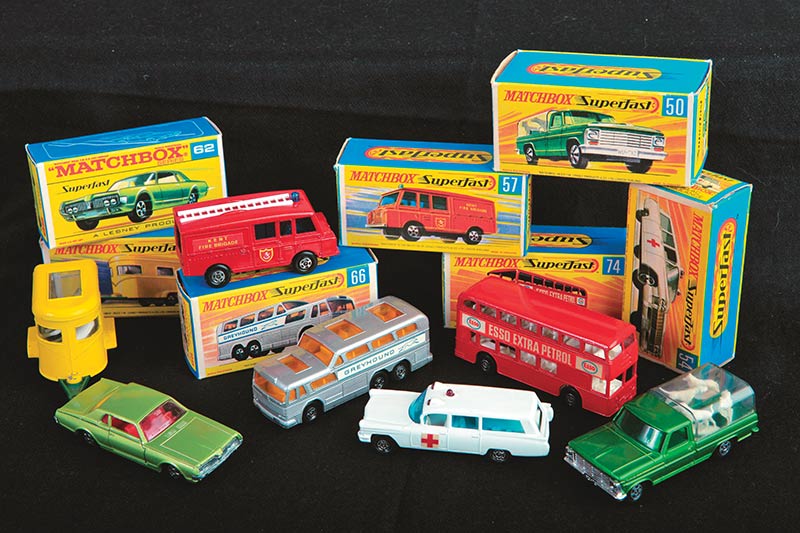
Even with a major segment of its world market under attack, conservative Matchbox still took two years to devise a response which came in the form of its Superfast wheel and axle design.
From 1969, when the first ‘Transitional’ Superfast issues appeared, until 1982 when the business was sold to Macau-based Universal Toys, the range expanded to include a huge number of innovative designs.
The appearance of Corgi’s more sophisticated designs dragged sleepy old Dinky into a sometimes bitter battle with its 1/43 scale rival. Corgi castings were generally superior and their spun metal wheels more durable. The Aston-Martin DB4 released in 1960 was the first mainstream die-cast to be produced with an opening bonnet.
Six years later, Corgi’s dominance became absolute when its James Bond Aston Martin DB5 became the most complex and successful automotive toy of its era.
Dinky’s major success came via its range of highly accurate military vehicles (including aircraft), farming equipment and commercial vehicles.

Both brands produced a wide array of tribute models, based on vehicles made famous by television programs and film. Most famous was the 007 Aston-Martin, but others included a Corgi twin-set featuring The Avengers Bentley and Lotus Elan, a Volvo P1800 from The Saint, Dinky’s Prisoner Mini Moke and the entire Thunderbirds series.
Among the most desirable of Dinky models was John Steed’s Jaguar XJ12C from The New Avengers. It was produced just before the company succumbed to bankruptcy and the few XJs that reached the market now rank with the most valuable of British die-casts.
GETTING ADDICTED
The most memorable model of my early childhood was the one that could have killed me. It was a little yellow Vauxhall Victor that was plucked from the back lawn by the blades of my father’s Victa and sent skimming at five year-old height across the yard. The first I knew of impending danger was a clang as the misshapen lump of die-cast hit the Hills Hoist a metre behind my head.
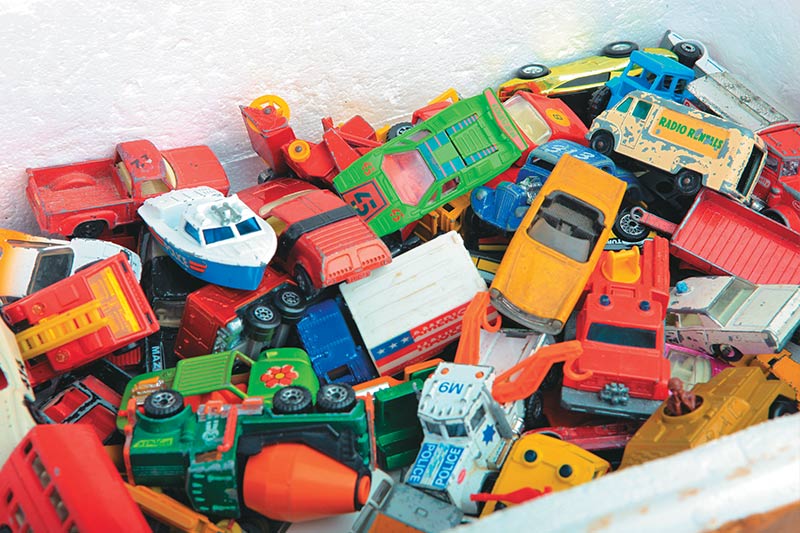
Principally responsible for my die-cast obsession was a generous grandfather who hardly let a week pass without spending "a couple of bob" on a new toy to swell my Matchbox collection.
By the mid-’60s, when my interest moved to the larger Corgi and Dinky models, it numbered several hundred items. Scanning recent prices paid for mint and boxed versions of all the Matchbox variations I recall owning, the tally came to a staggering $70,000!
Almost four decades passed before die-casts again became a serious part of my life. Even then, it was for the least logical of reasons.
I had bought, for no particular reason, a display cabinet and needed something to fill its beckoning shelves. With a full size 420 sedan in the garage, I thought a selection of Jaguar models might complement the real one and fairly soon my holding had grown to about 400.

Along the way, I noticed the substantial prices being paid for Matchbox toys similar to the ones that had ended their lives in sandpits or under the blades of a two-stroke lawn lasher.
Rather than follow the mainstream demand for early versions, I chose to focus on the later Superfast range. Mint and in their original boxes, these normally cost $10-50, so it was possible to accumulate a sizeable collection for less than $5000.
Of course, once bitten by this particular species of collecting bug, my ambitions became more ebullient and I began hunting down exotic variations. Over the past five years, my ‘wanted’ list of over 70 rarities has been whittled to less than 20.
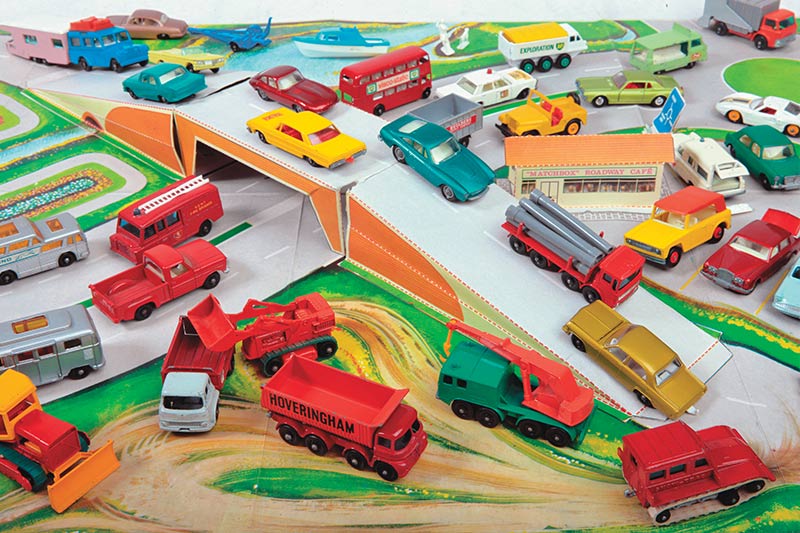
Most have come from overseas but occasionally a special model or selection of them will appear on the Australian market. A Melbourne vendor splitting up a large group of Superfast London buses boosted my collection by a dozen rare examples.
Not all of my recent purchases have been made for steely-eyed investment purposes. During 2008 when the Aussie dollar almost reached parity with its US cousin, I took the opportunity to turn back time and partially recreate my ’60s collection of Corgi models, plus a few favourites from the Dinky range.
Few of the 30 or so models I secured during a frantic six week buying spree were in mint condition. Most had minor flaws and all but a few were unboxed, but that simply emphasised the concept of a toy box collection attuned to the memories that each of those imperfect gems continues to deliver.
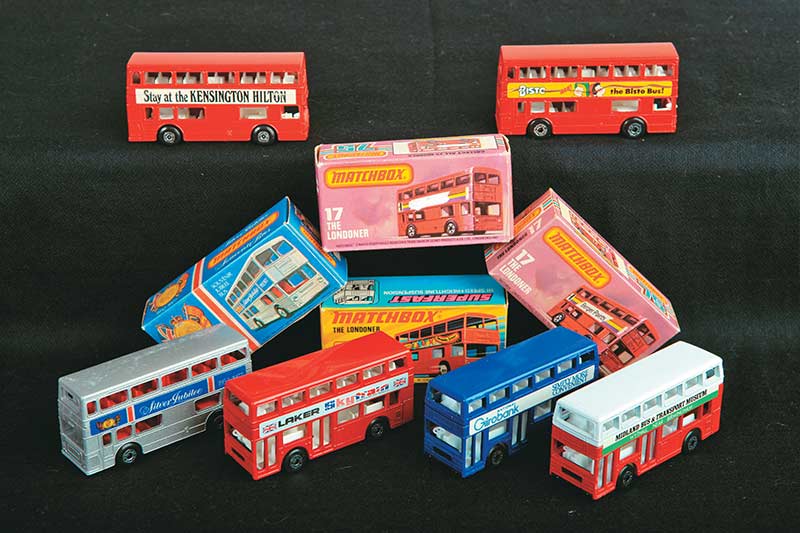
GETTING STARTED
Deciding why to collect is more important than what to collect. If your lifestyle doesn't lend itself ot accumulation and care of easily lost or damaged objects, then money in the sharemarket or a term deposit might be safer and more rewarding.
Although this article deals exclusively with pre-1980s models, today's die-cast market embraces a large variety of brands, which may eventually mirror the investment performance of the British brands.
A sensible way to embark on collecting and build knowledge is to track down some easily acquired and inexpensive examples from a particular manufacturer or genre.
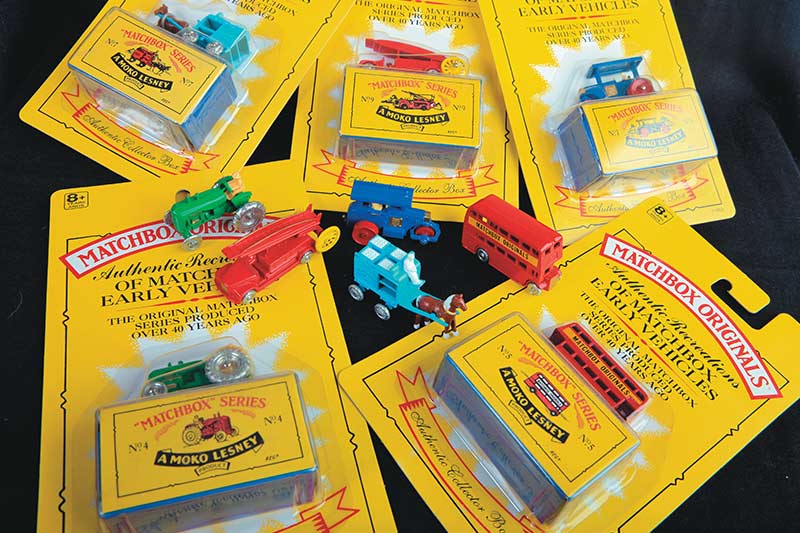
Amassing small scale versions of your own classic vehicle is the motivation for many collections. These can vary in age and scale (some models can be 1/8th the size of the real thing) and come from a range of brands. Most are made in China, which has become the hub of die-cast manufacturing.
A popular generic choice is police or emergency vehicles. Such collections can encompass cars, trucks and even aircraft. Competition cars, as evidenced by the success of Australian-based die-cast operations, are also popular.
WHERE TO BUY
Private sales: asking around at work or placing an ad in the local paper or online can turn up troves of hidden treasures. Lots of junk, too.
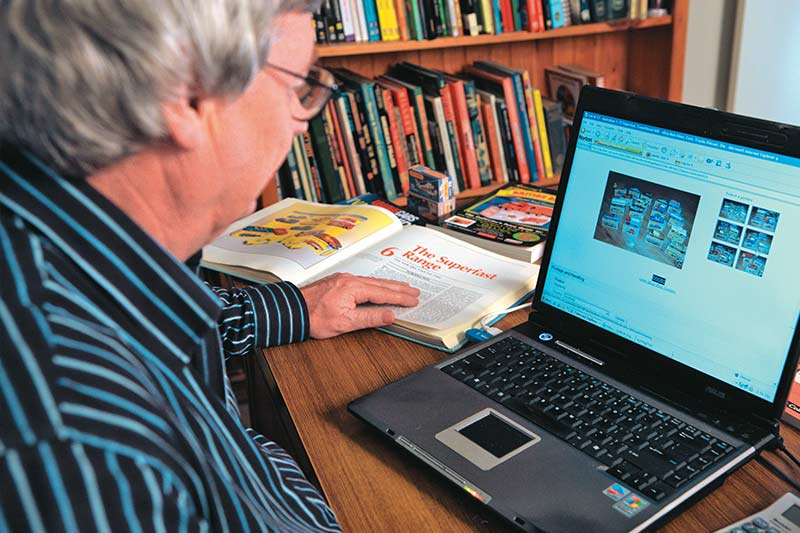
Collector clubs: in Australia and throughout the world, different model brands or collector associations hold auctions or permit members to advertise in journals or on the association website. Less chance here of being duped or overcharged.
Specialised auctions: check local sites such as Grays, Bonhams and Shannons for upcoming auctions of die-cast items. Unless very rare or valuable, models are often combined into lots compromising a variety of items.
International on-line auction sites: these have contributed to a substantial increase in trade and price growth. Sites like eBay offer vast choice but compound the risk of paying more than an item is genuinely worth or buying something that never arrives.
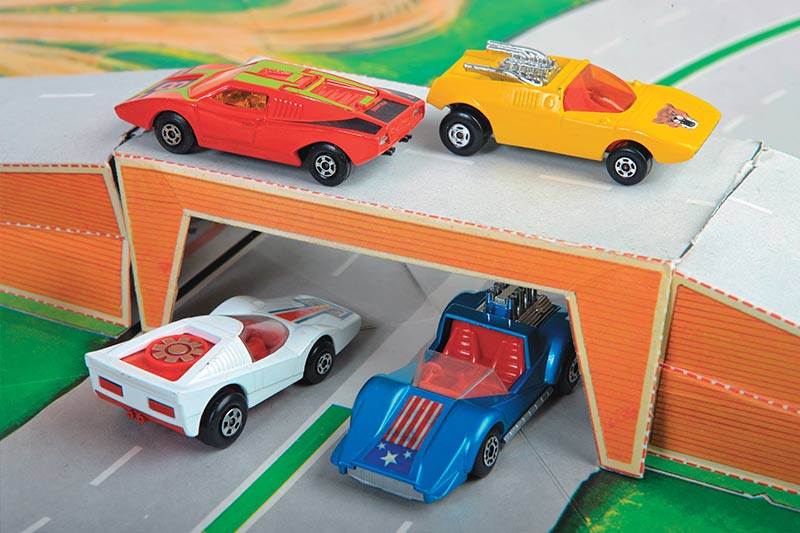
VALUABLE TOYS
Almost any die-cast model can become collectable - providing you live long enough.
Unboxed models in close to their original condition (referred to by some collectors as 'near-mint') are the minimum starting point for an investment collection. These are good enough to be displayed and begin earning a reasonable return.
They're also relatively easy to re-sell once you have the cash and confidence to replace them with top class examples.
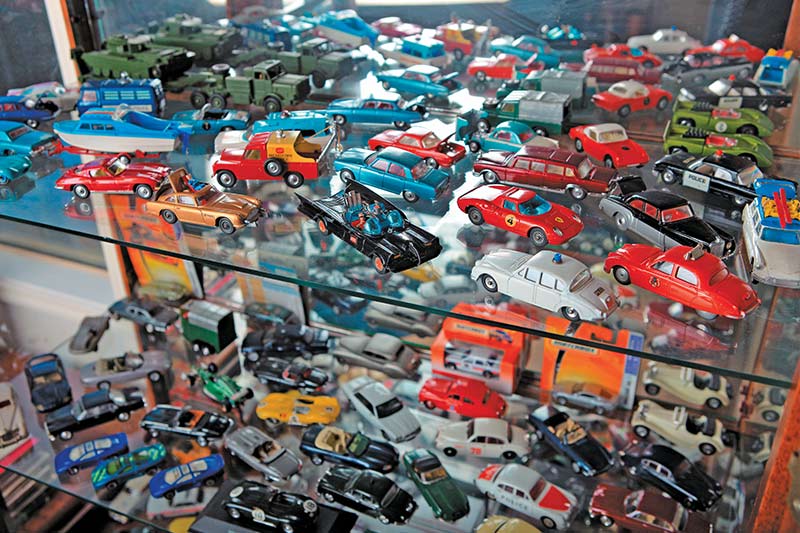
'Mint and boxed' is the holiest of grails for die-cast enthusiasts and investors and those fragile boxes can be worth considerably more than the models they contain.
Models that fit this category need to display undamaged paiint, firmly attached wheels and perfect decals or 'tampo' printed graphics. Some tarnishing to unpainted base plates is acceptable, but those showing minimal oxidisation will generate greater long term returns.
Boxes must be intact, with end and tuck flaps still attached. While it's rare to find a box that is truly in ex-factory condition, any blemish on the illustrative 'picture' faces will reduce value and long term desirability.
Rare models can sell for substantial sums. Scarce Matchbox variations have topped $10,000, while a boxed and perfct Corgi Batmobile or 007 Aston can cost more than $1000.

Buyers in these price ranges need to implicitly trust the vendor's bona fides to ensure that the item is in the condition described and - most importantly - genuine.
Skilled 'restorers' can create near perfect replicas of rare items and it takes an expert eye to separate th genuine fro the fake.
STORAGE HASSLES
While it's lovely to have row upon row of display models, they can attract more than you rmates' envious eyes. Even an enclosed display case will let in fine dust that sticks to old and delicate paint and is hard to remove.
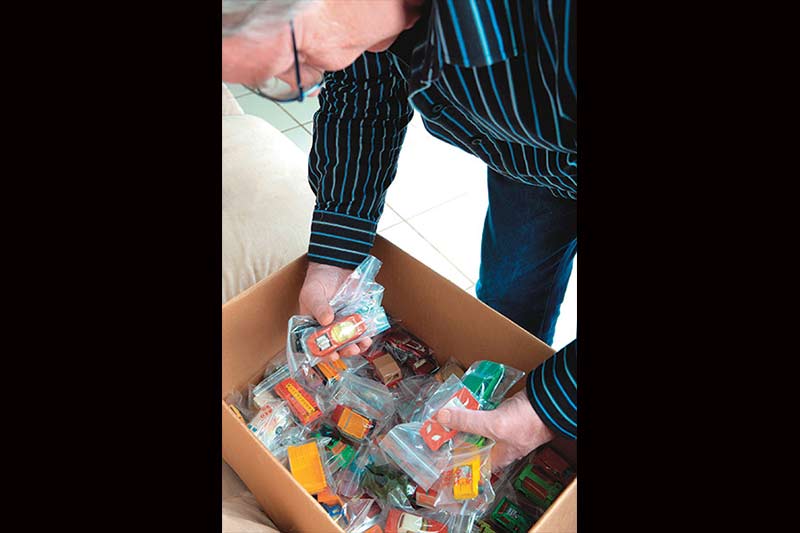
High value models should be wrapped in tissue - or acid-free craft paper if you're ultra fussy - and stored in their boxes in a secure area. Steel stationery cupboards are recommended as they will provide some protection against heat and smoke should your house catch fire.
Individual items worth more than $500 and collections valued at above $10,000 shoudl be noted on your household insurance policy.
Unique Cars magazine Value Guides
Sell your car for free right here
Get your monthly fix of news, reviews and stories on the greatest cars and minds in the automotive world.
Subscribe

.jpg)









